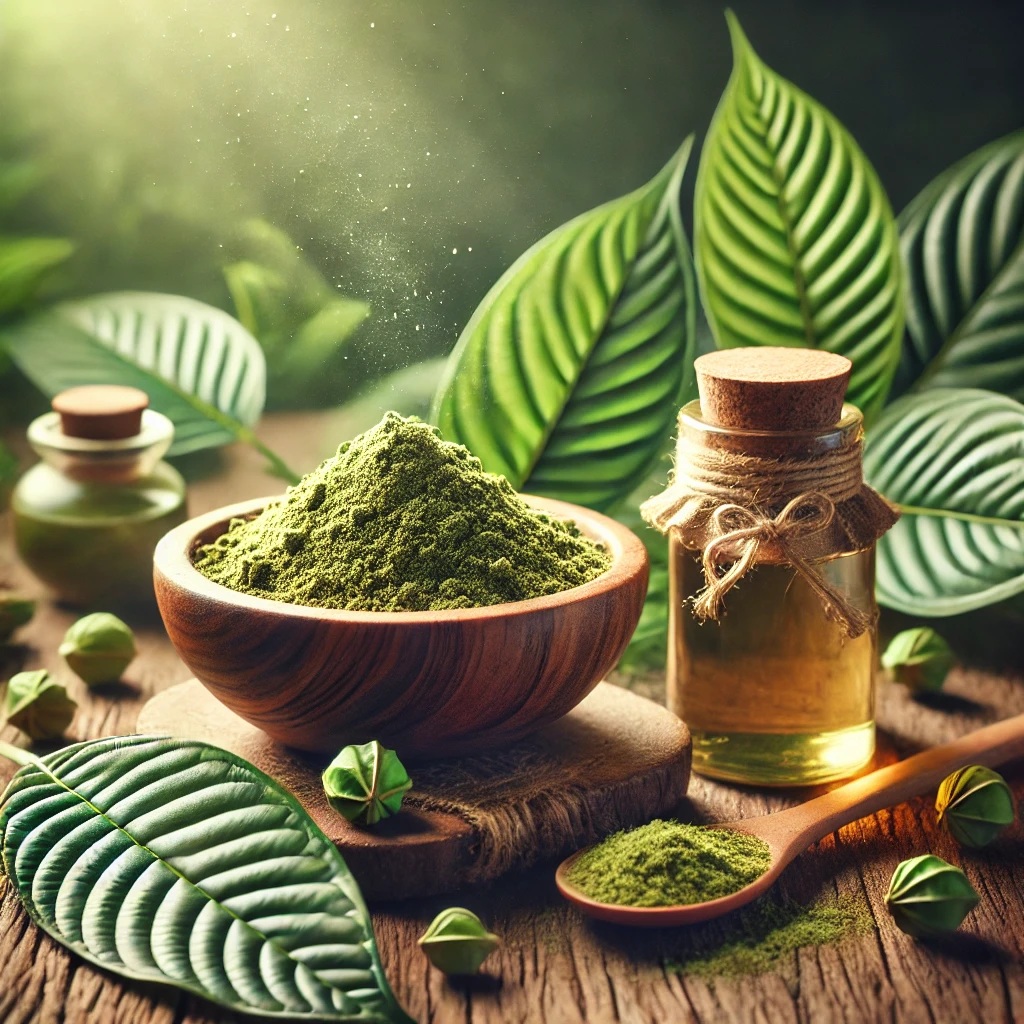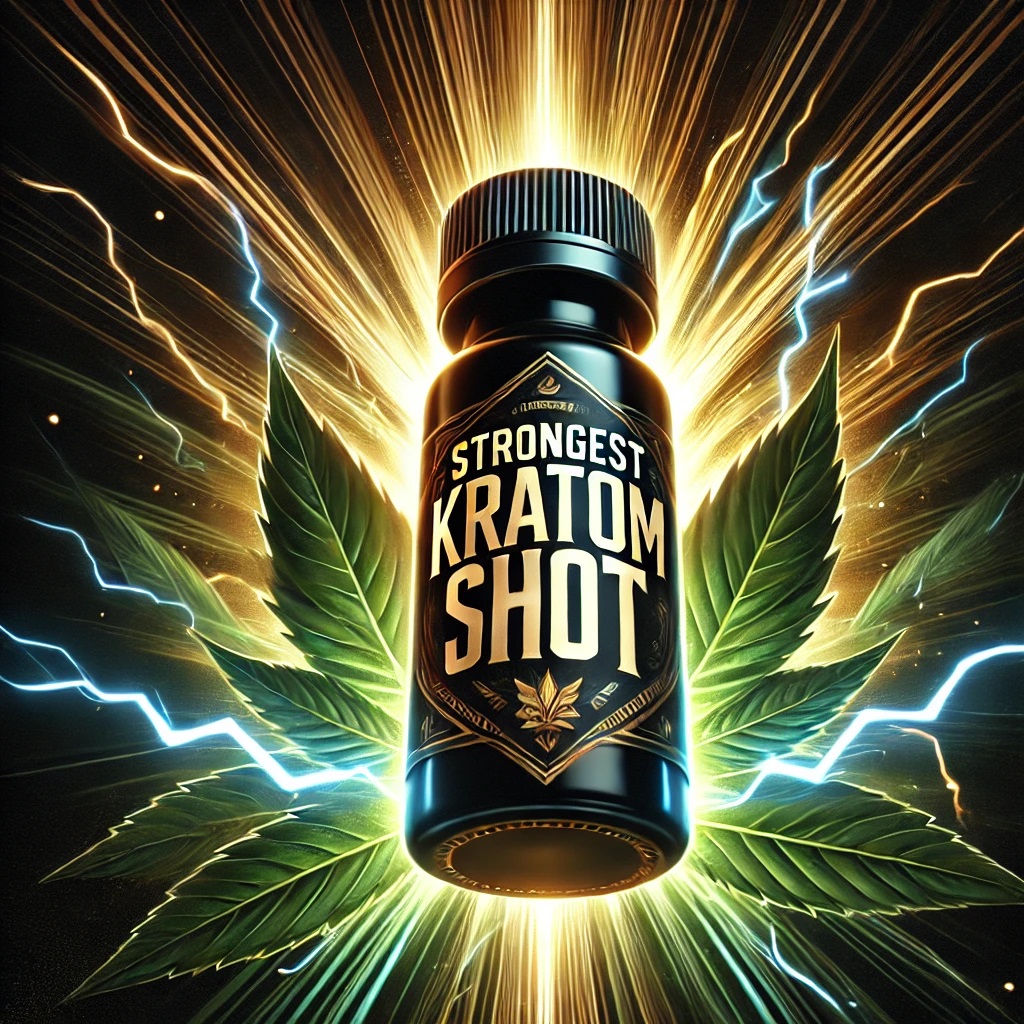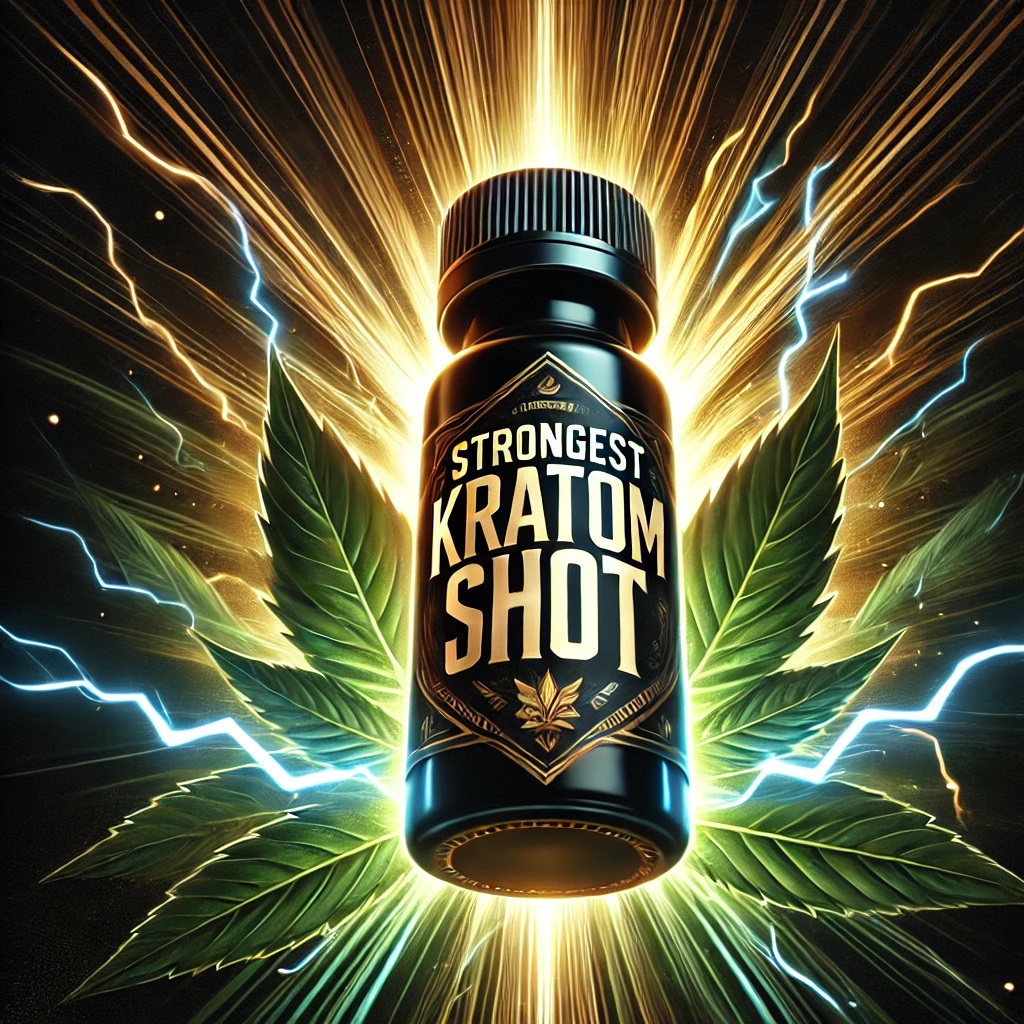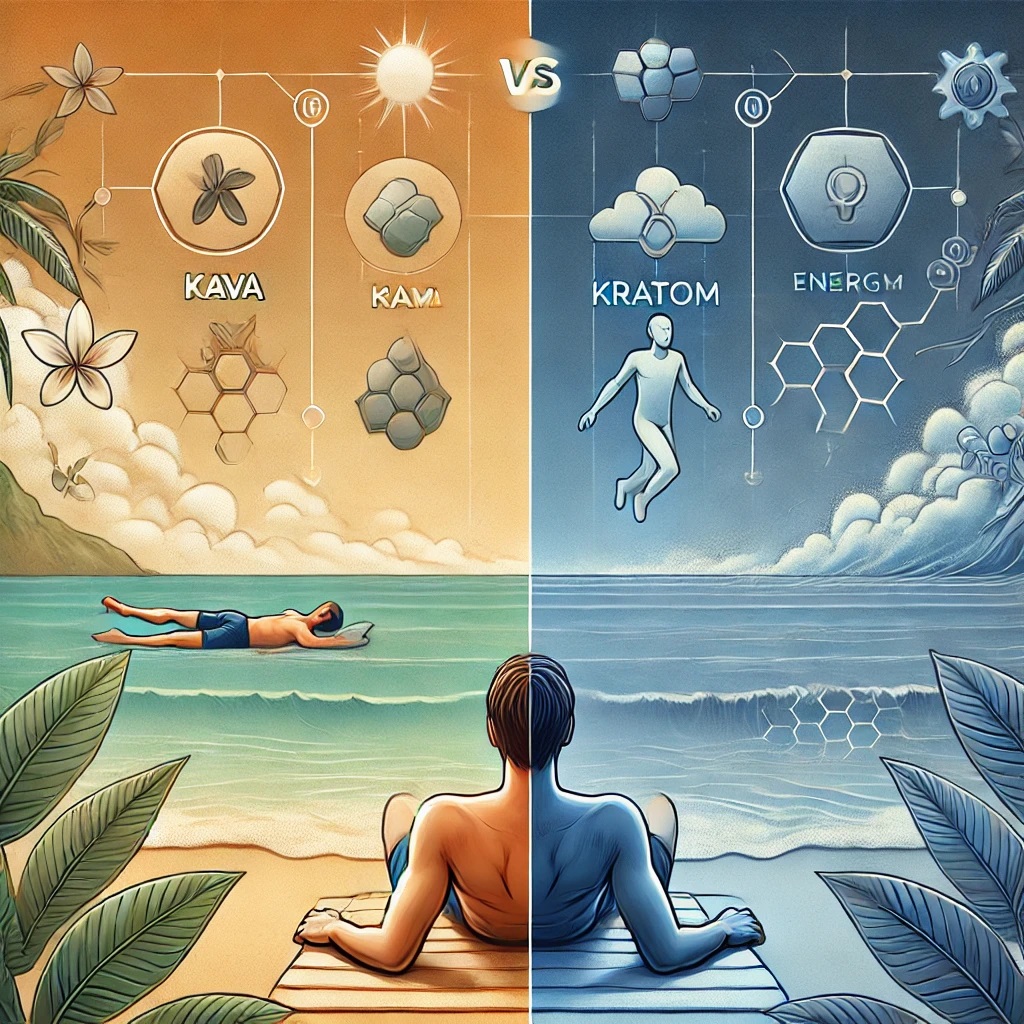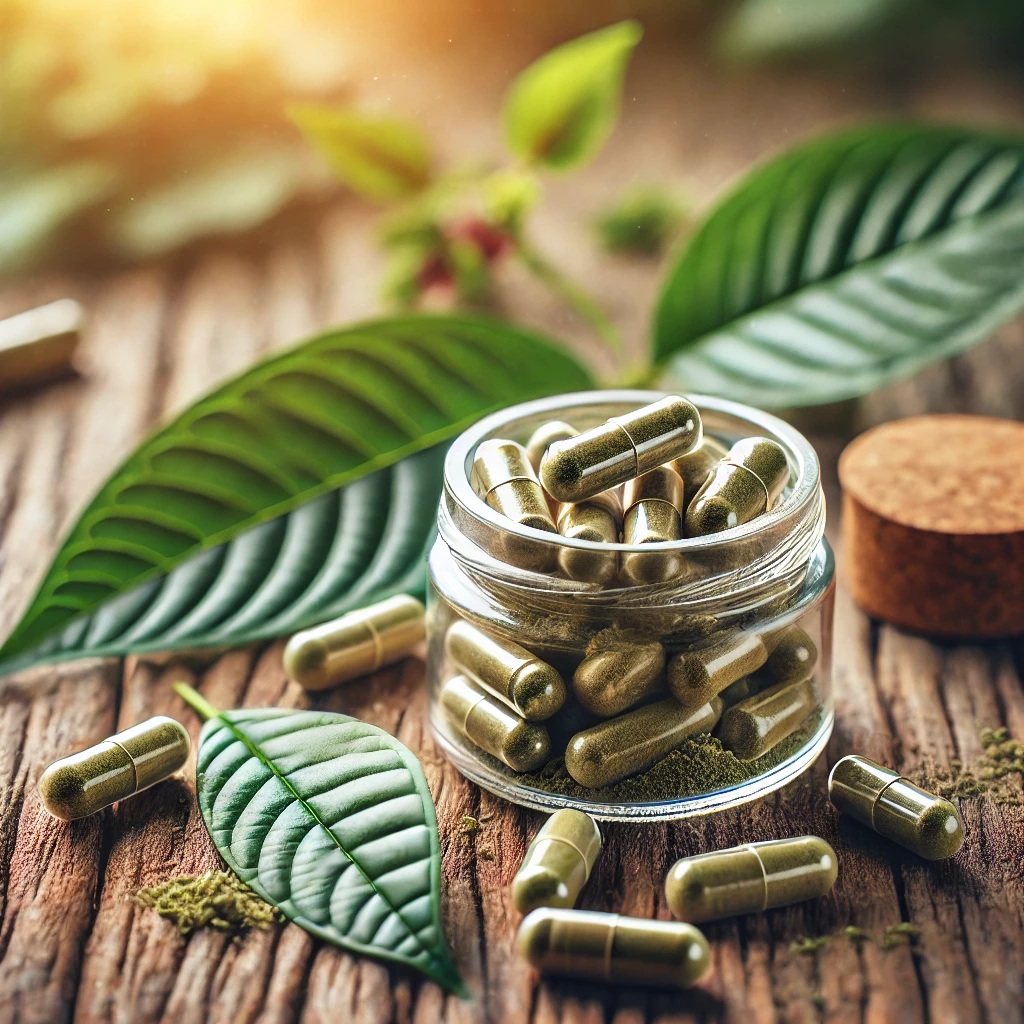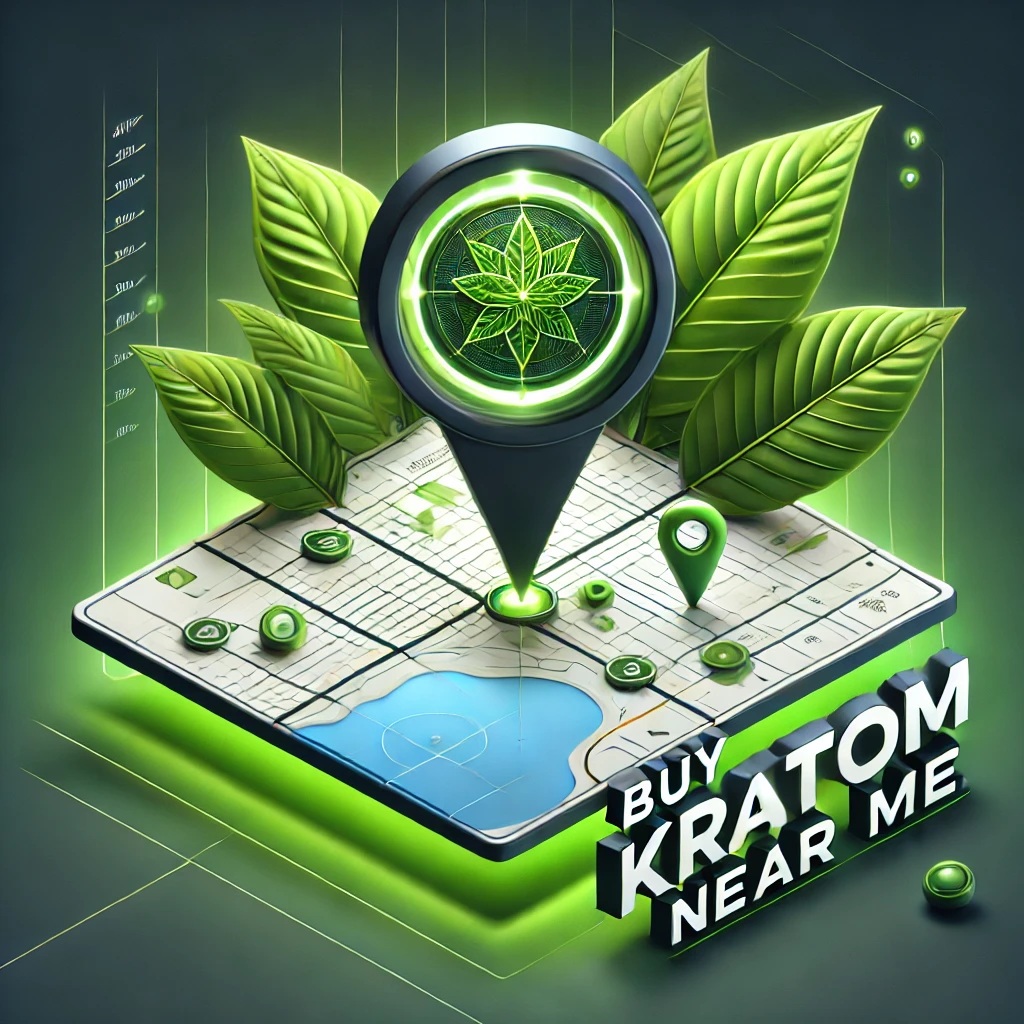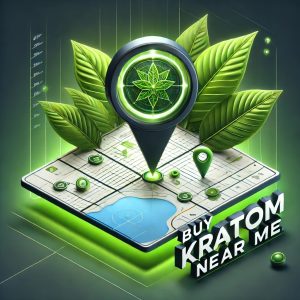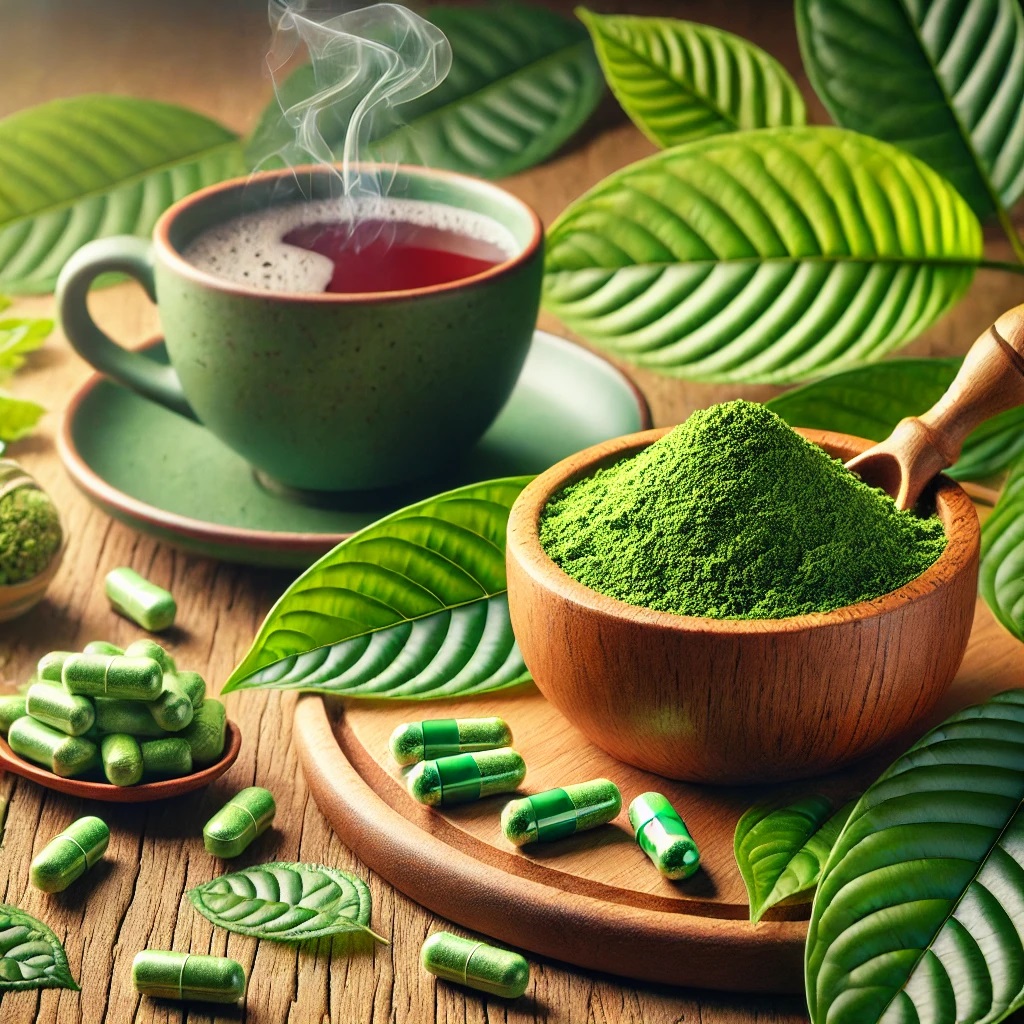
In the search for balance and emotional well-being, more people are exploring plant-based alternatives that work with — not against — the body’s natural rhythms. Among these, kratom extract tablets have gained attention as a potential tool for supporting mood and mental clarity. But can kratom truly help improve mood naturally? Let’s explore what makes this Southeast Asian botanical so intriguing to wellness seekers worldwide.
🌿 What Exactly Are Kratom Extract Tablets?
Kratom (Mitragyna speciosa) is a tropical tree native to countries like Thailand, Indonesia, and Malaysia. For centuries, its leaves have been used for their energizing and mood-enhancing properties, often chewed or brewed into teas by farmers and laborers seeking focus and stamina.
Modern wellness brands have transformed kratom into more accessible forms — and extract tablets are one of the most refined and convenient. Unlike crushed-leaf kratom, extract tablets contain concentrated alkaloids (especially mitragynine and 7-hydroxymitragynine) in standardized doses. This means users can experience more consistent effects without the variability often seen in raw leaf products.
💭 How Might Kratom Affect Mood Naturally?
Kratom’s potential mood benefits stem from how its alkaloids interact with the body’s opioid and serotonin receptors — the same systems that influence motivation, stress response, and emotional balance.
When taken in moderate amounts, many users report:
-
A subtle sense of calm and uplift
-
Reduced feelings of fatigue or irritability
-
A greater sense of motivation and focus
These effects don’t come from a “high” in the conventional sense — rather, kratom appears to support the body’s own ability to rebalance mood. For many wellness users, it’s this gentle lift that makes kratom extract tablets appealing as a natural mood ally.
🌸 What Sets Extract Tablets Apart from Other Kratom Forms?
There’s a reason extract tablets are becoming a go-to for wellness enthusiasts. Compared to traditional powders or teas, tablets offer:
-
Consistency: Each tablet delivers a precise, pre-measured dose.
-
Convenience: Easy to take, store, and travel with — no brewing or measuring required.
-
Purity: High-quality tablets are typically lab-tested for alkaloid content and contaminants.
-
Discretion: Tablets look like any other supplement, making them ideal for those seeking subtlety in their routines.
By standardizing kratom’s potency, extract tablets make it easier for users to integrate the plant into daily wellness practices responsibly.
🌞 How Do People Use Kratom Extract Tablets for Mood Support?
Most users find success by starting with low doses (often 50–100mg extract equivalent, depending on concentration). Some people use kratom in the morning to promote focus and calm, while others prefer it later in the day to ease stress or mental fatigue.
For example:
-
A yoga instructor might take a small tablet before meditation to enhance presence and calm.
-
A remote worker could use kratom extract during afternoon slumps to sustain motivation and mood.
-
Someone overcoming mild stress might integrate kratom alongside breathwork and herbal teas for a holistic emotional balance.
These real-world routines show that kratom can act as a complementary wellness aid when used mindfully.
⚖️ Are There Any Risks or Considerations?
As with any botanical, responsible use is essential. Kratom’s effects vary depending on dose, strain, and individual body chemistry. While many report positive outcomes, overuse can lead to tolerance or unwanted side effects such as nausea or restlessness.
To ensure safety:
-
Always purchase from reputable brands that provide lab testing.
-
Avoid mixing kratom with alcohol or other mood-altering substances.
-
Start low and go slow — let your body guide your ideal balance.
-
Consider consulting a healthcare provider if you’re on medication or have underlying conditions.
The goal is enhancement, not dependence — using kratom as a tool, not a crutch.
🌼 How Does Kratom Fit into a Holistic Wellness Lifestyle?
True mood health comes from multiple layers — nutrition, movement, sleep, and mindfulness. Kratom extract tablets fit best as part of a broader wellness ecosystem, supporting emotional balance while encouraging personal growth.
Combining kratom with habits like:
-
Morning sunlight exposure ☀️
-
Adaptogenic herbs like ashwagandha or rhodiola
-
Breathwork and meditation
-
Regular exercise
…can amplify both the physical and emotional benefits, helping users reclaim energy and resilience naturally.
🌿 FAQ: Kratom Extract Tablets and Natural Mood Support
Q1. Is kratom legal where I live?
Kratom’s legal status varies globally and across U.S. states. Before purchasing, check local regulations. Many areas classify kratom as a legal botanical supplement, but rules are evolving.
Q2. How long do kratom extract tablets take to work?
Most users report feeling subtle effects within 30–45 minutes of ingestion. Duration typically lasts 3–6 hours depending on dosage and individual metabolism.
Q3. Can kratom help with anxiety or depression?
While many users report improved mood or reduced stress, kratom is not a medical treatment for anxiety or depression. It’s best viewed as a natural support tool, complementing professional guidance or therapy.
Q4. Are extract tablets stronger than powder?
Yes — extract tablets are concentrated, meaning they deliver higher alkaloid content per gram. That’s why beginners should start with lower doses and gradually find their comfort level.
Q5. What’s the best time to take kratom extract tablets for mood?
Many prefer morning or midday for an uplift in focus and calm energy, while others use them in the evening to unwind. Listen to your body and tailor use to your natural rhythm.
Q6. Can kratom interact with medications or supplements?
Yes. Because kratom acts on neurotransmitter systems, it may interact with antidepressants or sedatives. Always consult a healthcare provider before combining.


